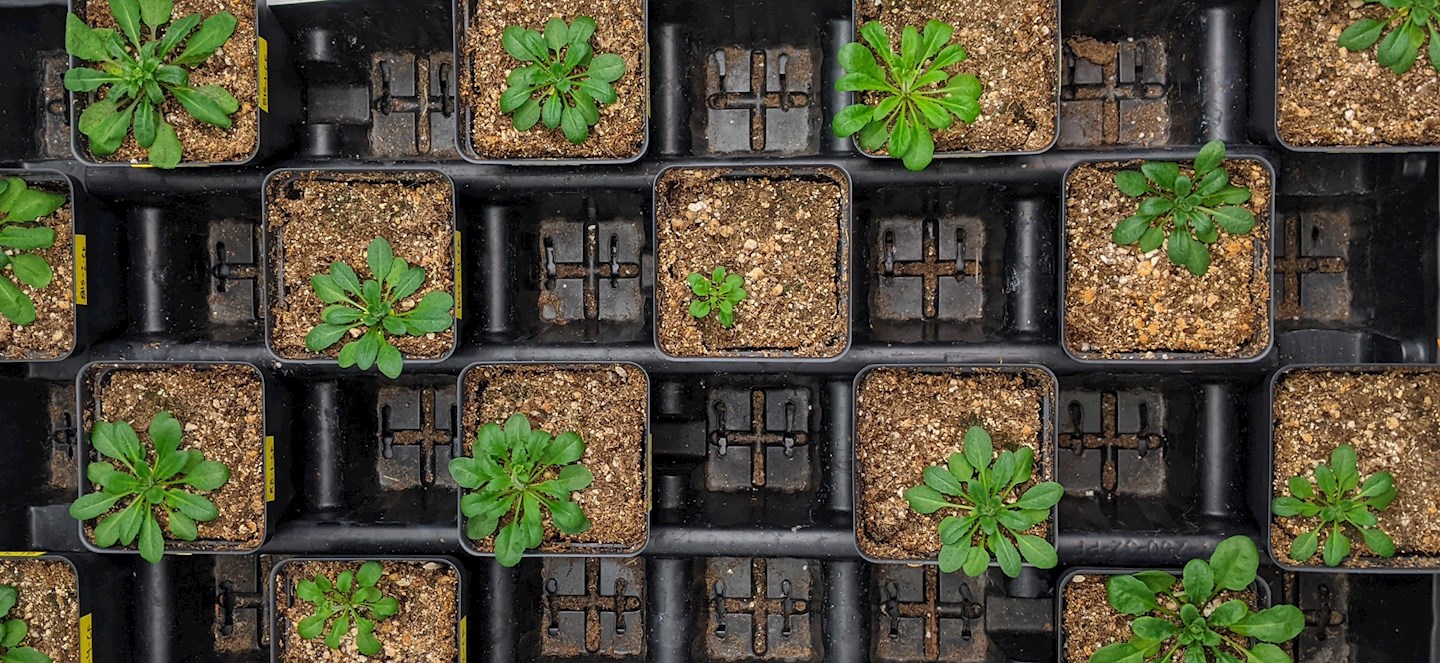Michigan State University researchers are shedding light on a mystery of evolution with support from a $1.9 million grant from the National Institutes of Health: How is it that within the same species, individual responses to stimuli can dramatically differ?
“A lot of times when you see that variation, there are two possible reasons,” said Emily Josephs, an assistant professor at MSU. “It could be genetic differences or it could be environmental differences.”
Understanding the root of this variation in humans would be invaluable from a health perspective and would help explain why certain people are prone to certain diseases while family members or neighbors aren’t. This is easier said than done.
“You can’t just clone a bunch of humans, put them in different environments and see what happens,” Josephs said.
But you can grow genetically identical plants, which share the same environments as humans and are subject to many of the same evolutionary forces. They’re also amenable to experiments where researchers have control over genetics and growth conditions — experiments that Josephs will be leading with the new NIH grant.
Josephs works in the Department of Plant Biology in the College of Natural Science and MSU’s AgBioResearch in the College of Agriculture and Natural Resources, and is a core member of the Ecology, Evolution and Behavior program. She and her team will be working not only to disentangle genetic phenomena from environmental factors but also to understand how evolution shapes both.
Read full story at MSU Today.

